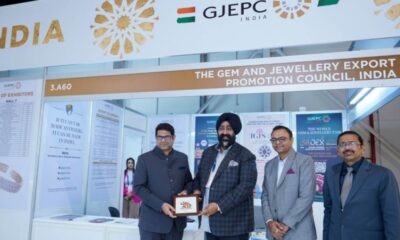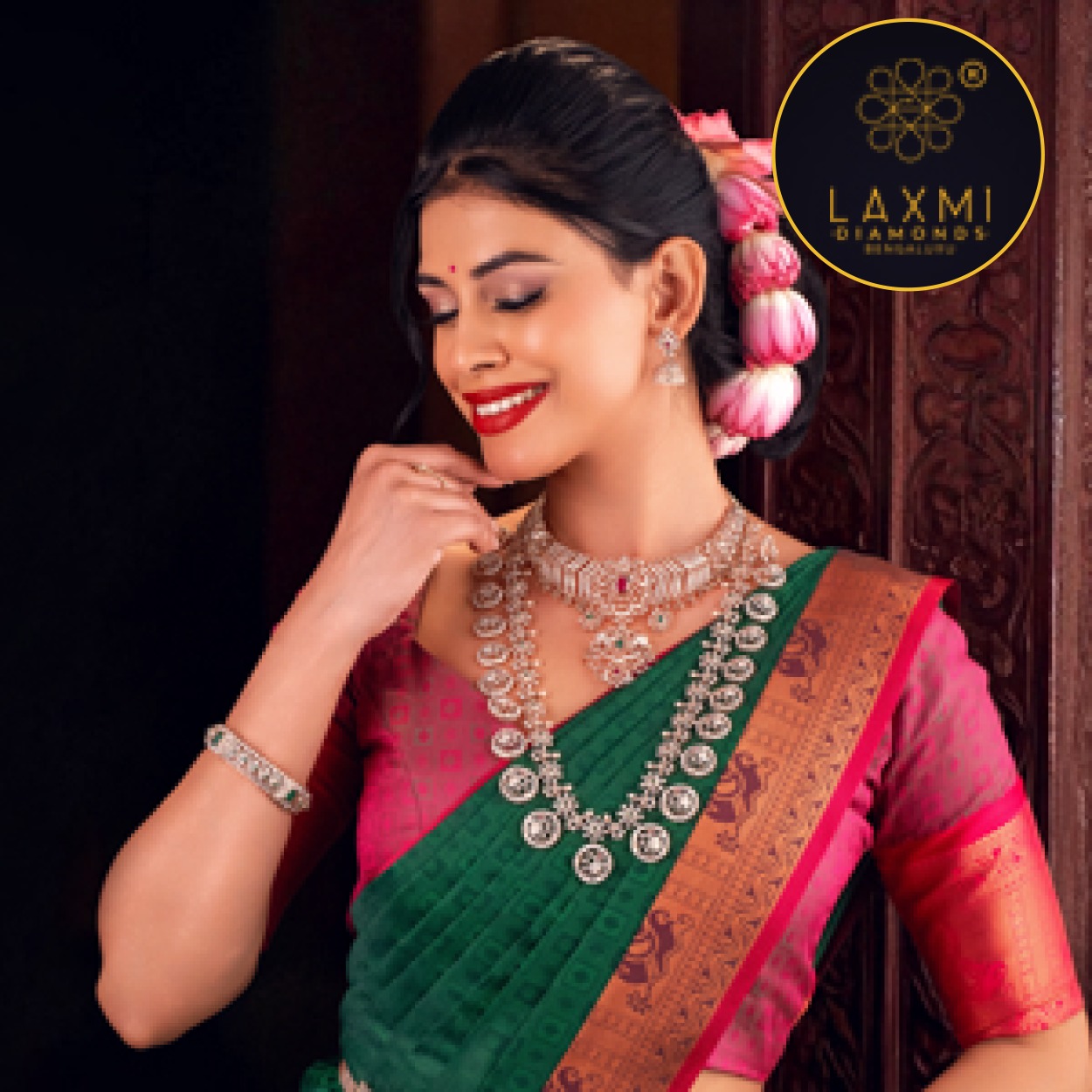JB Insights
India’s natural diamond market is set to double to $20 billion by 2030: De Beers Group CEO Al Cook
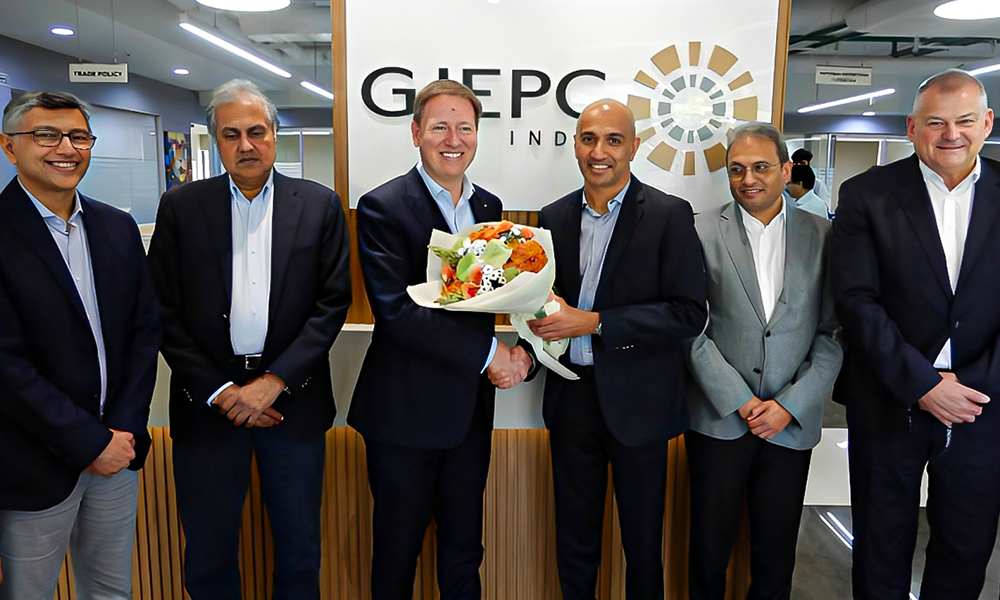
De Beers Group CEO Al Cook, during his first visit to India since taking the helm in February 2023, announced that India’s natural diamond market—currently valued at just under $10 billion—is set to double to $20 billion by 2030. Speaking at a press conference at Taj Lands End, Mumbai, on May 22, Cook highlighted India’s historic and growing significance in the global diamond industry, noting its status as the world’s second-largest market for natural diamonds and the processing hub for 90% of global supply, supporting over a million jobs.
Cook attributed the projected growth to India’s rapidly expanding middle class, rising disposable incomes, and a deep cultural affinity for natural diamonds, with demand increasing at 12% year-on-year. He described India’s economy as “the envy of the world” and outlined De Beers’ multi-pronged strategy to capture this momentum. Key initiatives include the launch of the Forevermark retail brand in Mumbai and Delhi in late 2025, with a plan to expand to over 100 stores across major cities within five years, using both company-owned and franchise models alongside robust e-commerce offerings.
Talking about the world’s four key regions for diamond consumption, he said there has been a substantial decline in China. In the US, the market has been stable over the last year with some growth in recent months, and De Beers will focus many of its marketing campaigns there to boost demand. The Middle East, meanwhile, continues to show strong and sustained growth, he added.
Talking about lab-grown diamonds (LGD), he said its wholesale prices in the jewellery sector have fallen 90 per cent. “Our drive to educate consumers about the difference between natural diamonds and LGDs has accelerated. The myth that you can’t tell the difference between a natural diamond and an LGD is beginning to shatter, and Diamond Proof’s influence is only going to grow,” he added.
Al Cook visited the GJEPC office in Mumbai, reinforcing the group’s commitment to deeper collaboration with the Indian diamond industry. The visit follows the successful joint launch of the Indian Natural Diamond Retailer Alliance (INDRA) earlier this year—a strategic initiative to boost India’s natural diamond retail ecosystem.
JB Insights
IAGES¬Ý is a pioneering framework to ensure transparency, trust and sustainability in the gold sector
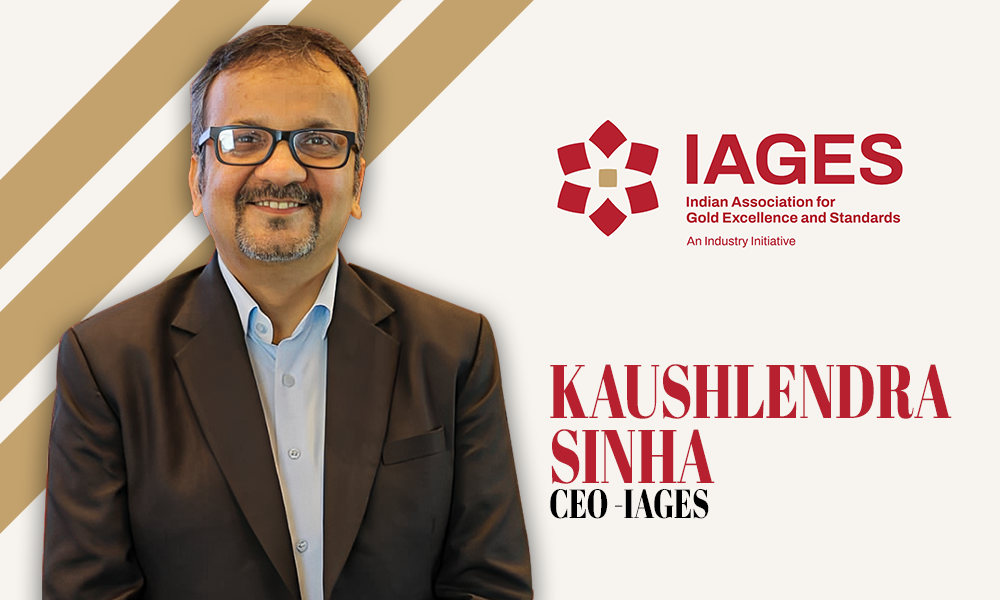
Indian Association for Gold Excellence and Standards (IAGES) is a Self Regulatory Organisation (SRO) created by the Indian gold industry, for the Indian gold industry, and supported by prominent gold sector industry associations. IAGES stands as an independent body revolutionizing the gold industry in India, aims to brings a pioneering framework to ensure transparency, trust, and sustainability in the gold sector. Kaushlendra Sinha, CEO -IAGES speaking to JewelBuzz, underscores how IAGES will enhance compliance and build trust in the gold sector and dwells on the pan – India roll-out of IAGES.
We are at GJS Diwali edition-What’s your impression of this year’s event?
The energy here is palpable. There’s a renewed sense of optimism, and I must commend the GJC for orchestrating such a seamless show. Events like this are invaluable—they allow us to connect with stakeholders across the ecosystem.
Tell us about IAGES’s relationship with trade organizations.
We maintain a close partnership with the GJC, which is a primary shareholder of IAGES. Our collaboration extends across multiple initiatives, ensuring alignment with industry standards. In essence, we are an industry-led, self-regulatory organization—the first of its kind globally in the gold sector.
¬ÝWhat‚Äôs the mission behind IAGES?
Our goal is to enhance compliance across the gold industry, thereby strengthening consumer trust throughout the value chain. By creating transparency and standardization, we aim to give consumers confidence when engaging with gold businesses, particularly in high-value, emotional transactions.
¬ÝHow has IAGES evolved since inception?
The initiative began in collaboration with the World Gold Council. By August 2025, IAGES became an independent entity and now operates as a fully industry-led initiative. Our shareholder base includes the GJC and IAGES partners, with more joining progressively.
¬ÝHow are you engaging with the industry across India?
Currently, our accreditation program is live in Mumbai. However, we’ve received significant inquiries from other regions, and we’re actively expanding our assessor network nationwide. Our long-term objective is Pan-India coverage, enabling businesses to access our services regardless of location.
¬ÝAnd on the consumer side, what‚Äôs the strategy?
Consumer engagement is central to our initiative. IAGES accreditation provides a seal of trust, signifying that a business has undergone third-party assessment, not self-certification. This ensures consumers interact with entities that demonstrate integrity, compliance, and best practices. Our marketing campaign will roll out within the next month, directly targeting consumer awareness and trust.
¬ÝCan you share some numbers?
We’ve seen a strong response, with over 200 expressions of interest to date. Our panel of 10 trained assessors is currently onboarding, with rigorous training on our code of conduct. Accreditation isn’t instantaneous—it’s a structured, methodical process, ensuring credibility and consistency.
¬ÝAny final thoughts as you expand this initiative?
Our vision is clear: drive the gold industry towards organization, transparency, and consumer confidence. With government encouragement for the organized sector, initiatives like IAGES are critical in enhancing credibility and reputation.
¬ÝThank you for your insights. Wishing you and your team continued success.
Thank you, Steve. We thank JewelBuzz for providing this platform to share our vision and look forward to connecting further with both industry and consumers.
-

 BrandBuzz19 hours ago
BrandBuzz19 hours agoMCA raises “small company” thresholds – up to ₹10 cr capital & ₹100 cr turnover from 1st December 2025, major relief for jewellery trade
-

 National News4 hours ago
National News4 hours agoSilver¬Ý sees Rs 10,000 single day surge¬Ý on supply crunch, US rate cut hopes, weaker $
-
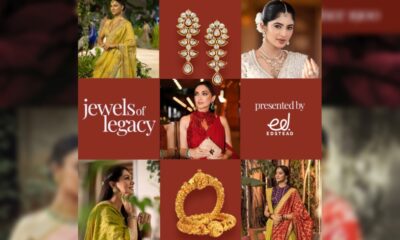
 BrandBuzz20 hours ago
BrandBuzz20 hours agoJewels of Legacy: People, Emotions, Histories behind four iconic Indian jewellery houses
-

 JB Insights20 hours ago
JB Insights20 hours agoWomen Leaders Driving the Luxury Renaissance




